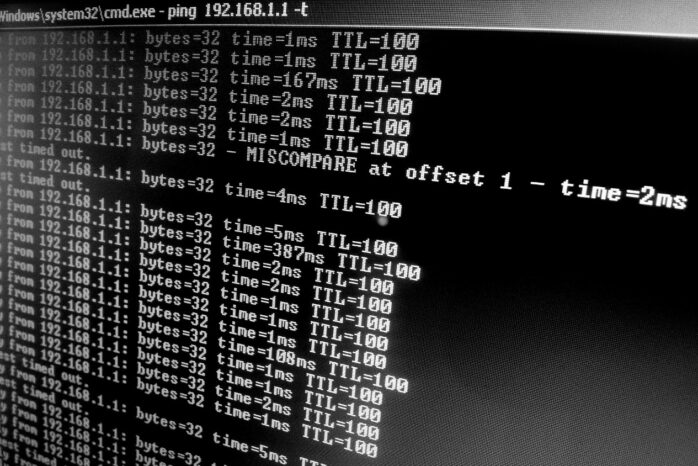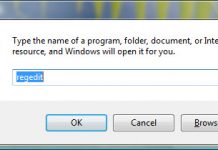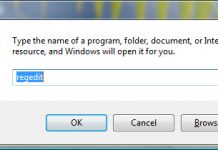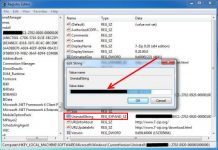In today’s fast-paced financial markets, speed and reliability are of utmost importance, especially when it comes to Forex trading.
Traders rely on the instantaneous execution of their trades, and any delay can result in missed opportunities or unfavorable outcomes.
To ensure optimal performance for your Forex trading, it is crucial to perform a VPS ping check, which allows you to assess the latency and responsiveness of your Virtual Private Server (VPS).
In this article, we will explore the significance of VPS check for Forex trading and provide you with essential tips to maximize your trading efficiency.
Understanding VPS and its Importance in Forex Trading
A VPS, or Virtual Private Server, is a virtual machine that provides traders with a dedicated environment to run their trading platforms and strategies.
Unlike traditional web hosting, a VPS offers greater reliability, security, and control. By using a VPS, traders can ensure that their trading activities are not affected by issues such as power outages, internet connectivity problems, or computer crashes.
However, simply having a VPS is not enough. Traders must regularly check the performance of their VPS to ensure it meets the demands of Forex trading.
A VPS check involves assessing the connection speed, latency, and responsiveness of the server, which directly impact trade execution and order placement.
What is a VPS Ping Check?

Before we delve into the details, let’s first understand what a VPS ping check entails. Ping is a network utility tool used to measure the round-trip time it takes for a data packet to travel from your computer to a remote server and back.
By conducting a VPS ping check, you can assess the latency or delay in communication between your computer and the VPS server. This information is crucial for forex traders as it directly affects the speed at which trade orders are executed.
Performing a VPS Ping Check
A VPS ping check involves measuring the time it takes for a data packet to travel from your computer to the VPS server and back. The shorter this round-trip time (also known as latency), the better the performance of your VPS. Here are the steps to perform a VPS ping check:
- Open the command prompt on your computer (Windows) or terminal (Mac/Linux).
- Type “ping” followed by the IP address or domain name of your VPS.
- Press Enter, and the command prompt/terminal will display the ping results, including the average round-trip time.
Ideally, the average ping time should be as low as possible, typically less than 20 milliseconds. Higher latency can result in delayed trade executions, slippage, and increased risk.
Checking the Forex Broker’s Latency
Apart from checking the VPS, it is equally important to check the latency to your Forex broker’s servers. This step ensures that the connection between your VPS and the broker’s servers is optimized for fast and reliable trade execution. To check the latency to your Forex broker:
- Identify the IP address or domain name of your Forex broker’s trading server.
- Follow the same steps mentioned earlier to perform a ping check to the broker’s server.
- Note down the average round-trip time.
By regularly checking the latency to your Forex broker, you can identify any potential connectivity issues or delays and take appropriate measures to minimize them.
Optimizing VPS Performance for Forex Trading

Once you have performed the VPS and broker’s server ping check, you can take several steps to optimize the performance of your VPS for Forex trading. Consider implementing the following strategies:
- Choose a reliable VPS provider: Select a reputable VPS hosting provider like MyForexVPS, which offers low-latency connections, stable infrastructure, and excellent customer support.
- Select a VPS location close to your broker’s server: By choosing a VPS location near your broker’s server, you can minimize latency and achieve faster trade execution.
- Utilize a low-latency network: Ensure that your VPS is connected to a high-speed, low-latency network. A reliable internet connection with sufficient bandwidth is crucial for maintaining optimal trading performance.
- Optimize your trading platform and EAs: Regularly update your trading platform and expert advisors (EAs) to the latest versions. Remove any unnecessary plugins or indicators that may consume system resources and slow down your VPS.
- Implement proper risk management: While VPS check helps optimize performance, it is essential to have proper risk management strategies in place. Set stop-loss orders and take-profit levels to protect your trades and limit potential losses.
Conclusion

Performing regular VPS ping checks and optimizing the performance of your VPS are vital for achieving optimal results in Forex trading.
By ensuring low latency and fast execution, you can seize trading opportunities promptly and enhance your overall profitability.
Remember to choose a reliable VPS provider like MyForexVPS, check the latency to your Forex broker, and follow the optimization strategies outlined in this article.
With these measures in place, you can trade Forex with confidence and stay ahead of the competition.



















